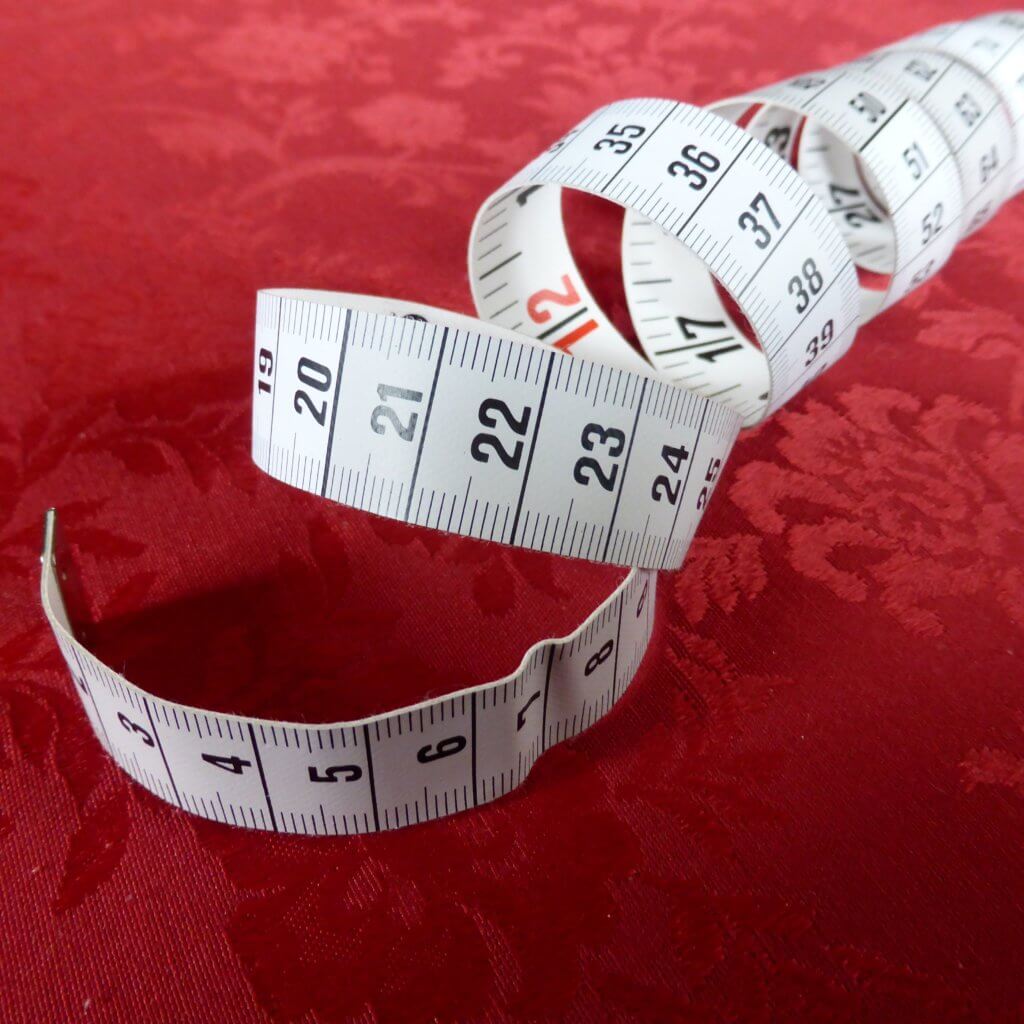Proving damages in a trade secrets lawsuit—or any kind of business litigation—often involves having an expert witness calculate an amount of lost profits. The expert does not have to calculate the lost profits with exact certainty. Only “reasonable certainty” is required, and the expert often has to make reasonable estimates or approximations.
Let’s say the expert estimates that profits would have averaged 3% of revenues, but there was information available from which the expert could have calculated a more precise percentage—maybe 2.79%. If the jury awards damages that equal 3% of revenue, will the verdict stand? This, in simplified terms, was the situation the Texas Supreme Court readdressed in Southwestern Energy v. Berry-Helfand.[1]
The trade secret in Southwestern Energy was a confidential map of potentially profitable oil and gas “sweet spots” that an engineer painstakingly constructed from years of research. The jury found that the past profits from use of the trade secret were $11,455,000. This number happened to equal exactly 3% of the defendant’s revenue from drilling the successful wells. The Texas Supreme Court ruled that there was sufficient evidence to support some amount of lost profits damages, but insufficient evidence to support the 3% figure. The court therefore sent the case back for a new trial.
So what does Southwestern Energy mean for lawyers, clients, and expert witnesses in trade secrets litigation, oil and gas litigation, or any kind of litigation involving claims of lost profits?
The opinion is so detailed that it is tempting to dismiss it as too fact-intensive to provide any general guidance. But that would be a mistake. Putting aside the complexity of the case, the Texas Supreme Court’s message is this: an expert’s calculation of lost profits damages doesn’t have to be exact, but more precision is required if the available information makes more precision possible.
The key piece of data in the Southwestern Energy case was the “Petrohawk agreement.” Plaintiff first provided the confidential “sweet spot” information to Defendant pursuant to a non-compete and confidentiality agreement. After Defendant passed on the opportunity (or so Plaintiff thought), Plaintiff signed an agreement to provide the map to another company, Petrohawk, in exchange for a share of revenue. The Petrohawk agreement had a complicated formula for calculating Plaintiff’s compensation; a 3% overriding royalty interest was just one component of the formula.
Using this third-party agreement as a benchmark for lost profits damages was fine, but if Plaintiff’s expert was going to rely on this methodology, she had to use actual—not oversimplified—numbers. The court said:
In trade-secret cases, a measure of uncertainty is tolerated, and to an extent, unavoidable. However, when there is objective evidence from which more certainty can be gleaned, it is incumbent on the plaintiff to produce that evidence. An estimate or an average based on a small sample may be sufficient in some cases, but not in this case. Because the actual overriding royalty interest on the disputed wells could have been determined under the methodology of the exemplary transaction, applying 3% across the board paints an incomplete and misleading picture about the royalty terms a willing buyer and seller would negotiate.
Thus, the fact that the expert could have used the formula in the Petrohawk agreement to perform a more precise calculation made it improper for the expert—or the jury—to calculate damages based on an oversimplified 3% formula.
To explain why the evidence did not support the jury’s 3% calculation, the court used this example:
To illustrate, if Helfand [the engineer] owned a trade secret vital to the making of widgets and XYZ widget company misappropriated the information to make 3,000 widgets, a prior licensing agreement with a third party involving a licensing fee of $2 per widget would be strongly probative of a $2 reasonable royalty. But if Helfand previously negotiated a licensing fee of $1 on the sale of small widgets, $2 for medium widgets, and $3 for large widgets, an average of $2 under that deal would be inadequate to establish the value of a reasonable royalty for 3,000 widgets of varying sizes. What if XYZ only made small widgets? Depending on consideration of the other factors bearing on a reasonably royalty, the $2 average could vastly overstate the royalty a willing buyer and seller would negotiate.
True, an average can overstate (or understate) the actual amount. But financial experts often use averages or approximations in their calculations, especially when calculating hypothetical lost profits. As a practical matter it can be difficult for lawyers and experts to know just how detailed a lost profits calculation has to be. A lost profits calculation can always be attacked on the ground that it could have been a little more detailed.
In the wake of Southwestern Energy, expect more arguments in lost profits cases about whether a damages expert properly took into account all the available information. If you represent the defendant in a lost profits case, look for information available to the plaintiff’s expert that may have been ignored or oversimplified, and get the expert to admit she could have used the information to refine the calculation but did not do so.
If you represent the plaintiff, you have to strike a difficult balance. You want to simplify without over-simplifying. The lost profits calculation needs to be simple enough that you can make it compelling and understandable to the jury, but not so simple that it ignores available information that could have been used to perform a more precise calculation. This—in simplified form—is the lesson of Southwestern Energy.
_________________________________________________________________
Zach Wolfe (zach@zachwolfelaw.com) is a Texas trial lawyer who handles non-compete and trade secret litigation at Zach Wolfe Law Firm (zachwolfelaw.com). Thomson Reuters named him a Texas Super Lawyer® for Business Litigation in 2020, 2021, and 2022.
These are his opinions, not the opinions of his firm or clients, so don’t cite part of this post against him in an actual case. Every case is different, so don’t rely on this post as legal advice for your case.
[1] Sw. Energy Prod. Co. v. Berry-Helfand, 491 S.W.3d 699 (Tex. 2016).





Comments: